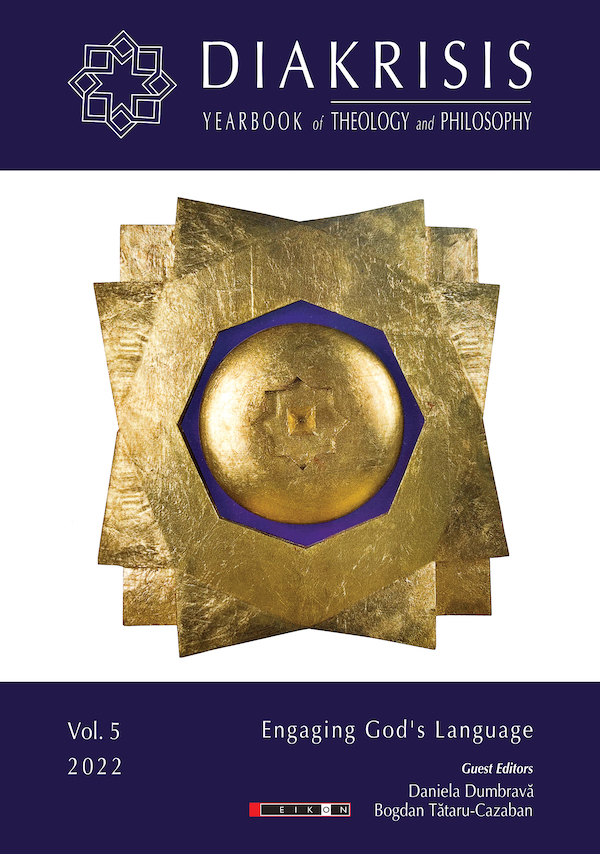The Divine Word and its Expression in Sanskrit. Continuity and Change in Vedic and Classical India
The Divine Word and its Expression in Sanskrit. Continuity and Change in Vedic and Classical India
Author(s): Florina Dobre BratSubject(s): Biblical studies, History of Religion
Published by: Editura Eikon
Keywords: Veda; Sanskrit; Word-Principle; Brahman; history of Sanskrit;
Summary/Abstract: The Vedas are said to be not a human creation (apauruṣeya), but Revelation imparted to the Vedic sages who have put it down in inspired verses. Vedas’ words are therefore divine and eternal, and thus extensively praised. Vāc, the Vedic word, is eulogised in several hymns, among which Vāk Sūkta (X.125) is by far the most illustrative of all. In some teachings of the Upanishads, Vāc is equated to Brahman alongside other interpretations.When analysing the nature of the word, centuries later, philosophers and grammarians refer to it as śabda, and no longer as Vāc, the latter remains somehow confined to a rather poetical and mystical reality. Yet, the idea of the eternal and divine character of the scriptures is superimposed on the Sanskrit language also, despite certain historical change remarks on the grammarians' side. In the 5th century CE, Bhartṛhari displays a genuine linguistic and philosophical thought of the folding and unfolding of Reality and its understanding as Word-Principle (brahman śabda-tattva). From an auxiliary science of preserving the correct forms of the Vedas, Sanskrit grammar acquires a hermeneutical role and empowers itself as a way to salvation, an idea supported by previous evidence of grammar's role in producing celestial happiness (abhyudaya), merit and righteousness (dharma).I seek in this paper to analyse and point out the strongholds that underpin Sanskrit as a divine language and how continuity and change coexist to support over millennia this undaunted approach.
Journal: Diakrisis Yearbook of Theology and Philosophy
- Issue Year: 5/2022
- Issue No: 1
- Page Range: 81-99
- Page Count: 19
- Language: English

